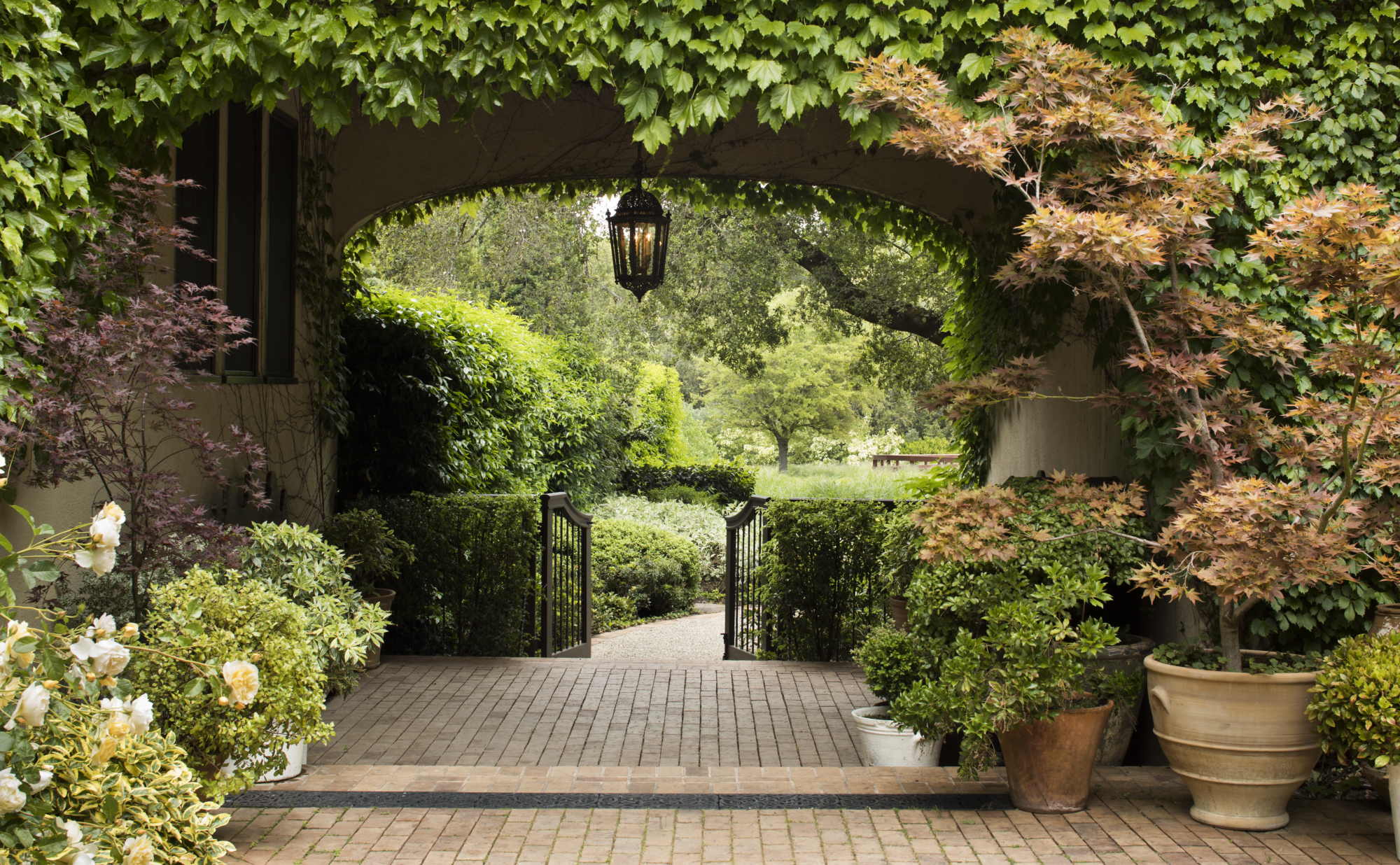The masonry profession is one of the oldest in the world. The history of masonry goes hand-in-hand with the development of masonry materials and tools, engineering and architecture. Archeologists have discovered ancient aqueducts bringing water from distant mountains into the deserts of the Near East. With mud-brick and stone architecture, masons built towns, fortress walls and left giant pyramids in Egypt and South America. Architectural styles reveal elaborate bonds of brick and stone with quoin corners and roman arches.
Masonry has a long history as a building medium, and in one form or another it is represented in the architecture of almost every culture in the world. Masonry is the result of the challenges of materials and tools used to construct a great masonry structure. Masonry design reflects the ongoing dialogue between tradition and innovation. Masonry reveals the relationship between architect and mason. Construction is a collaborative endeavor that involves the expertise of architects, engineers, masons and material suppliers. Often, abstract concepts must be balanced by the figurative estimates and concrete experience of others. Every great masonry building is the manifestation of architects and builders reckoning with these challenges.
Masonry structures began with low walls built of stone or with clay or silt bricks set with mortar made from a mixture of mud. Over millennia, masons learned to quarry, cut and dress stone with precision. They learned the advantages of using a fire finish and this led to the development of the Kiln. Eventually, masons learned how to turn limestone into lime and replace mud mortar with the stronger lime mortar.
With mastery of materials, masons were able to build taller structures and buildings. Masonry was valuable because it was more resistant than other materials to fire, earthquakes, and sound. In addition to durability, masons were also able to perfect the beauty and versatility of masonry structures. Proof exists today when we view the Egyptian Pyramids, the Coliseum in Rome, the Taj Mahal in India and the Great Wall of China.
After more than 6,000 years, masonry is still used today. New techniques provide earthquake proof masonry walls and buildings. Today “reinforced masonry” combines masonry block with rebar, ties and concrete. Such walls and buildings are decorated with brick or stone veneers that are attached with ties and strong mortar bonds.
In this section you will find information about categories of masonry materials and lists of typical masonry building materials. Masonry bonds and patterns are illustrated and common masonry techniques are discussed. Some masonry architecture and a little masonry history are thrown in for good measure.
